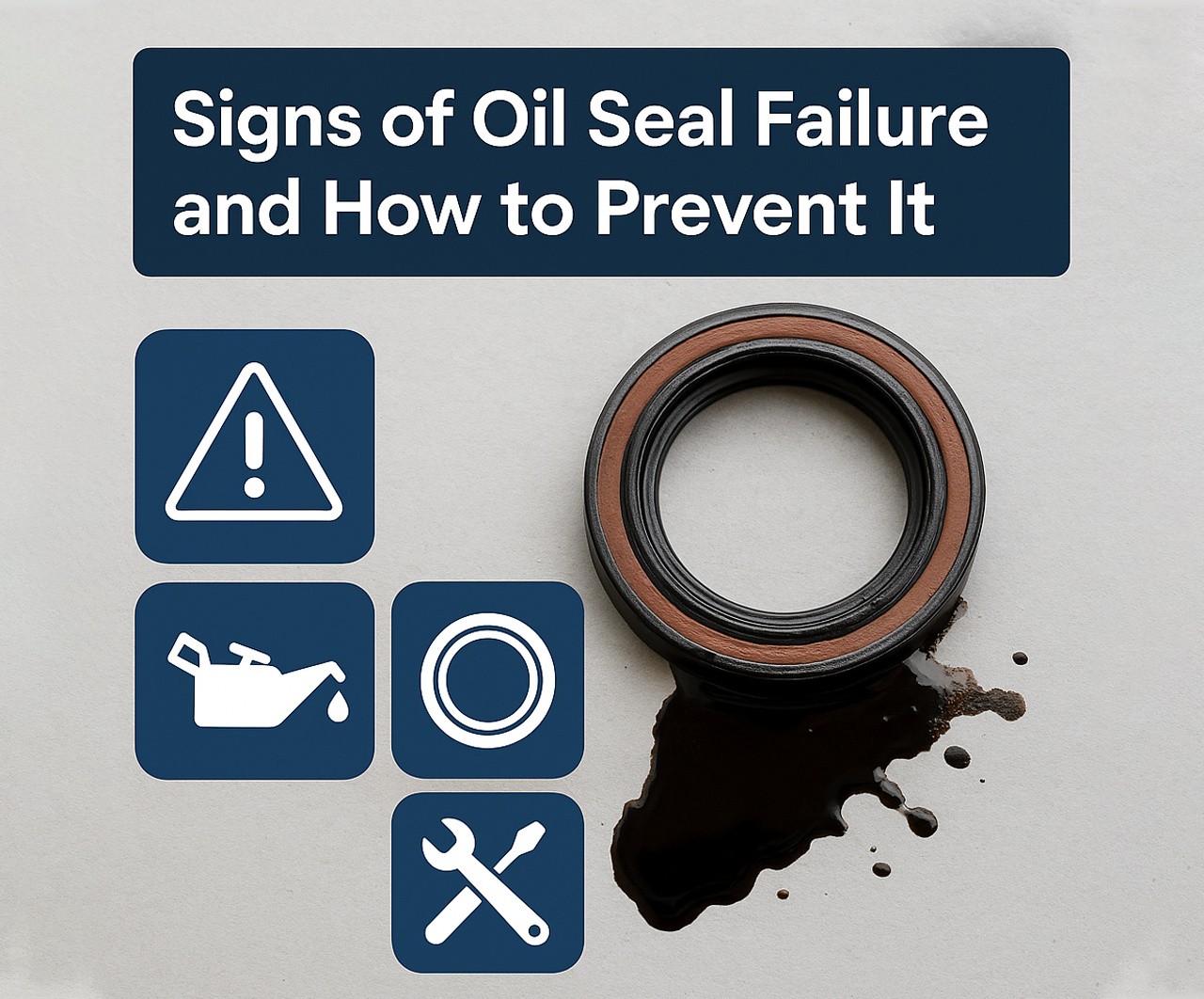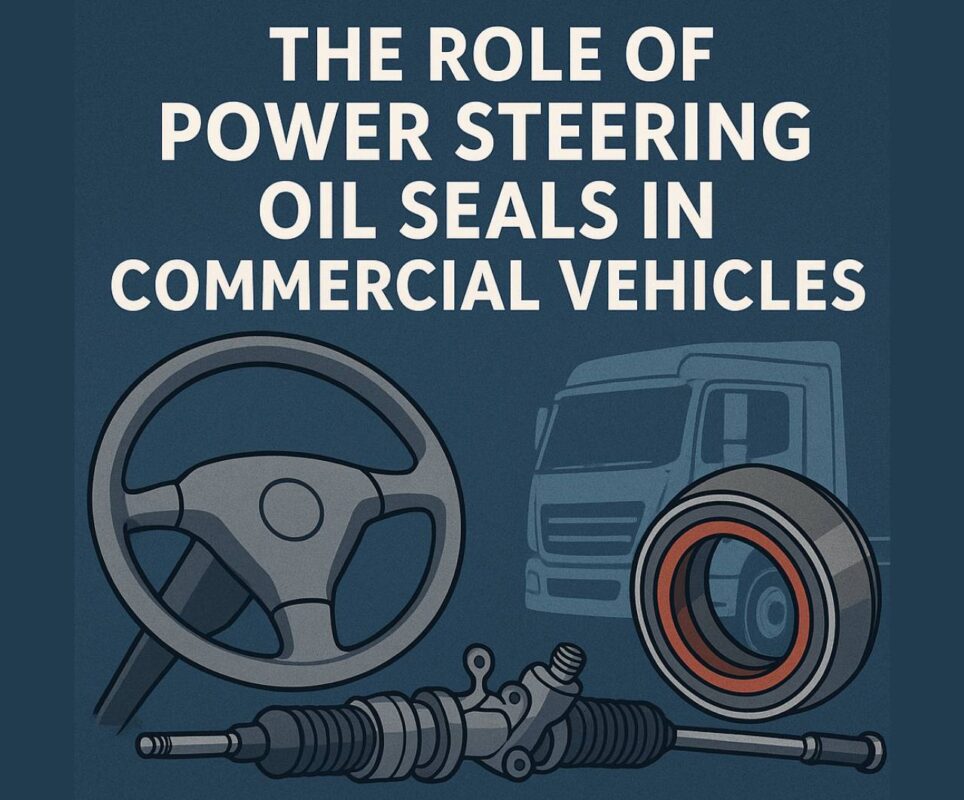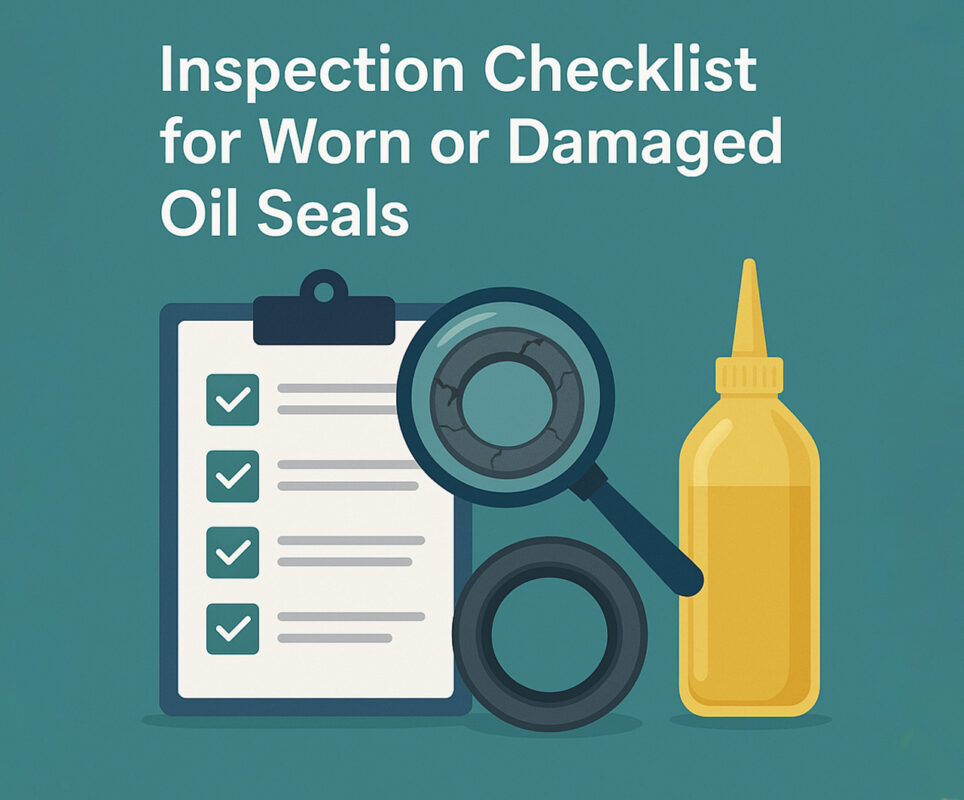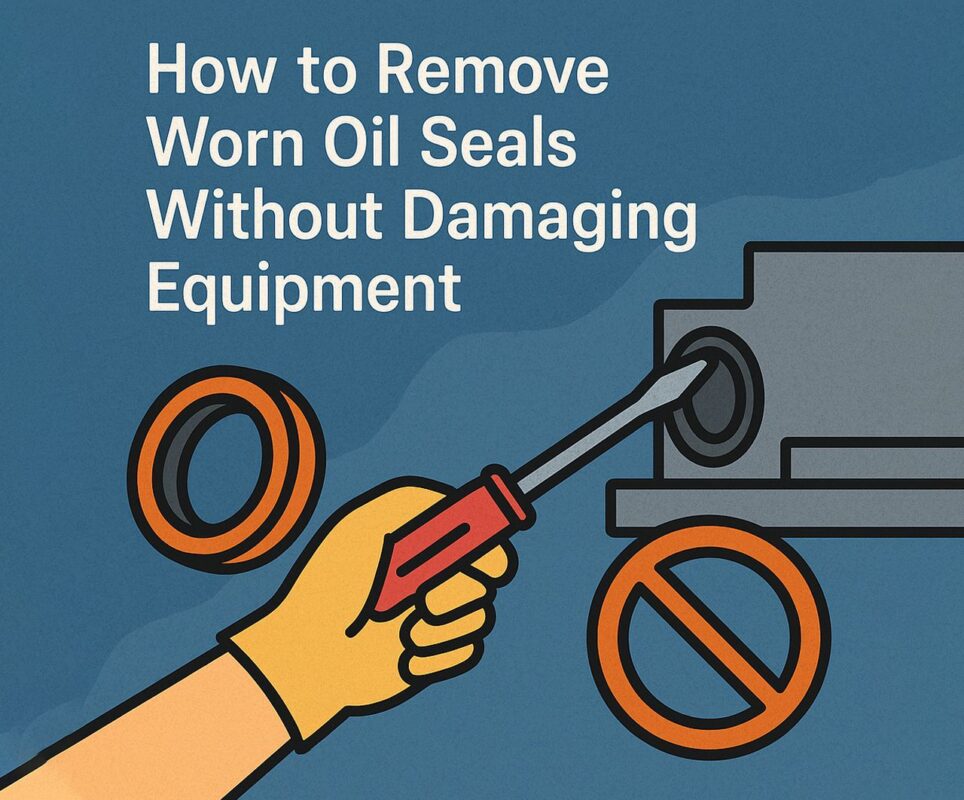When it comes to maintaining mechanical systems and household utilities, subtle issues like a worn-out rubber seal for toilet, a degrading toilet bowl rubber seal, or a leaking pump seal oil can quietly escalate into major problems. These seals are essential in preventing fluid leaks, maintaining pressure, and ensuring hygienic operation across various settings—from toilets and plumbing systems to industrial pumps. Recognizing the signs of oil seal failure early and understanding how to prevent them can save you money, prevent water or oil damage, and extend the life of your equipment. Know more..
Why Seals Matter More Than You Think
While often overlooked, seals are critical to system integrity. A small failure in a rubber seal for toilet can cause unsanitary leaks, unpleasant odors, and even structural water damage. A damaged toilet bowl rubber seal might not only waste water but lead to inefficient flushing or persistent noise. In industrial settings, a compromised pump seal oil can allow contamination of lubricants or lead to equipment overheating due to insufficient lubrication.
Seals work silently, but once they fail, the effects are immediate and often messy.
Common Signs of Seal Failure
1. Persistent Leaks
Leaks around the toilet base are a sure sign that the toilet bowl rubber seal is deteriorating. For mechanical systems, dripping around the shaft or coupling usually points to a worn pump seal oil. In either case, any visible liquid escaping from the system is a red flag.
2. Odors or Foul Smells
In bathroom environments, an ineffective rubber seal for toilet can let sewer gases escape. If there’s a strong smell despite cleaning, the seal is likely compromised.
3. Noise and Vibration
In pumps, seal failure often results in irregular operation. You might hear grinding, squealing, or unusual vibration caused by misalignment or degraded pump seal oil.
4. Reduced System Performance
Poor flushing or recurring clogs can be symptoms of a faulty toilet bowl rubber seal that affects vacuum pressure. In mechanical systems, decreased efficiency may signal internal leakage due to worn pump seal oil.
5. Corrosion and Rust
Water seeping from a failed rubber seal for toilet can rust mounting bolts or floor plates. Oil from a compromised pump seal oil can attract dirt and lead to corroded bearings or housings.
What Causes Oil Seal Failure?
1. Age and Material Fatigue
Even the best toilet bowl rubber seal wears out over time. Repeated temperature changes, chemical exposure, and mechanical stress eventually cause cracking or hardening.
2. Improper Installation
An uneven or twisted rubber seal for toilet can create gaps, even if it’s new. In pumps, failing to align the shaft or over-tightening fittings can damage pump seal oil elements prematurely.
3. Chemical Degradation
Toilet cleaning tablets, harsh cleaners, or incompatible lubricants can degrade rubber compounds in both toilets and machinery. Not all seals are created equal—selecting the wrong material leads to early failure.
4. Excessive Pressure or Heat
In pumps, pressure surges or temperature spikes break down pump seal oil surfaces or cause the elastomers to blister. For toilets in hot climates, thermal expansion may affect how well the rubber seal for toilet holds.
5. Dirt and Debris
Particles trapped between the seal faces or under the sealing lip accelerate wear. A dirty toilet bowl rubber seal or dusty pump seal oil chamber can grind down the contact surface.
How to Prevent Oil Seal Failures
1. Choose the Right Seal Material
Match the material to your environment:
- For bathrooms, opt for chloramine-resistant rubber seal for toilet options.
- In mechanical systems, select Viton or PTFE pump seal oil for chemical-heavy applications.
Avoid bargain-bin seals. Choose high-grade materials rated for your system’s conditions.
2. Regular Inspection
Set a quarterly schedule to:
- Check for moisture near your toilet bowl rubber seal.
- Inspect the toilet base for looseness.
- Examine pump seal oil areas for weeping, cracks, or distortion.
Use UV dye in industrial systems to spot invisible oil leaks.
3. Proper Installation Techniques
For toilets:
- Always clean the mating surfaces before installing a rubber seal for toilet.
- Avoid over-tightening mounting bolts.
For pumps:
- Align the shaft accurately.
- Follow torque specs.
- Pre-lubricate seals when required.
Even top-quality toilet bowl rubber seal kits fail quickly when improperly installed.
4. Lubrication & Cleanliness
Never install dry pump seal oil or allow foreign matter into the seal chamber. Lubricants should be filtered, clean, and compatible with the seal material.
Wipe down the seal seat and lip before assembly. Even a tiny grit particle can gouge the sealing surface.
5. Replace Before It Fails
Don’t wait for a total failure. Replace:
- Toilet seals every 5-7 years
- Pump seal oil every 10,000-15,000 run hours (or per manufacturer recommendations)
Using a lifecycle log for your systems can help you track seal performance and anticipate replacement intervals.
Innovative Ideas for Seal Longevity
1. Dual-Seal Toilets
Some newer designs use a double toilet bowl rubber seal system. Even if one seal fails, the other provides backup. This is great for commercial restrooms.
2. Smart Monitoring Sensors
Install pressure or leak sensors in pump seal oil housings. These can trigger alerts before the issue becomes visible.
3. Pre-Fitted Toilet Seal Kits
Using pre-molded, self-centering rubber seal for toilet kits reduces installation error and speeds up maintenance.
4. Oil Seal Cleaning Loops
In critical applications, filtered oil recirculates through the seal housing to keep the pump seal oil clean and temperature-controlled.
Environmental Impact of Leaking Seals
It’s not just about mess and money. Failed pump seal oil systems can leak into the ground or water table, causing environmental hazards. A worn toilet bowl rubber seal wastes hundreds of gallons of water annually—a cost to your wallet and the planet.
Routine checks and sustainable practices help reduce your facility’s environmental footprint.
Repair or Replace?
How do you decide whether to repair or replace a seal?
- Repair if: the housing is reusable, the damage is minor, and you have the tools.
- Replace if: the rubber seal for toilet is warped, cracked, or hardened; or the pump seal oil has visible damage to its seat or surface.
Trying to salvage worn toilet bowl rubber seal parts often leads to repeat failures.
Best Tools for Seal Maintenance
- Seal Pullers: Safely remove stubborn toilet bowl rubber seal without scratching surfaces.
- Micrometers: Measure shaft diameters for accurate pump seal oil replacements.
- UV Leak Detectors: Identify oil seepage in industrial equipment.
- Sealant Applicators: Provide even coating around rubber seal for toilet mating surfaces.
When to Call a Professional
If you see multiple signs at once—leaking, odors, noise, and performance issues—call in a certified plumber or mechanical technician. Especially with complex pump seal oil systems, professional diagnosis ensures the correct fix and avoids costly trial-and-error repairs.
Final Thoughts
Whether in your home bathroom or industrial plant, keeping seals intact is essential for operational safety, cleanliness, and efficiency. From a deteriorating rubber seal for toilet to a critical pump seal oil failure, understanding the signs and taking action early can save time, money, and stress.
Always inspect, install correctly, and replace proactively. And when in doubt, don’t settle for temporary fixes—invest in quality toilet bowl rubber seal and pump seal oil solutions built to last.
Your equipment and your water bill will thank you.





